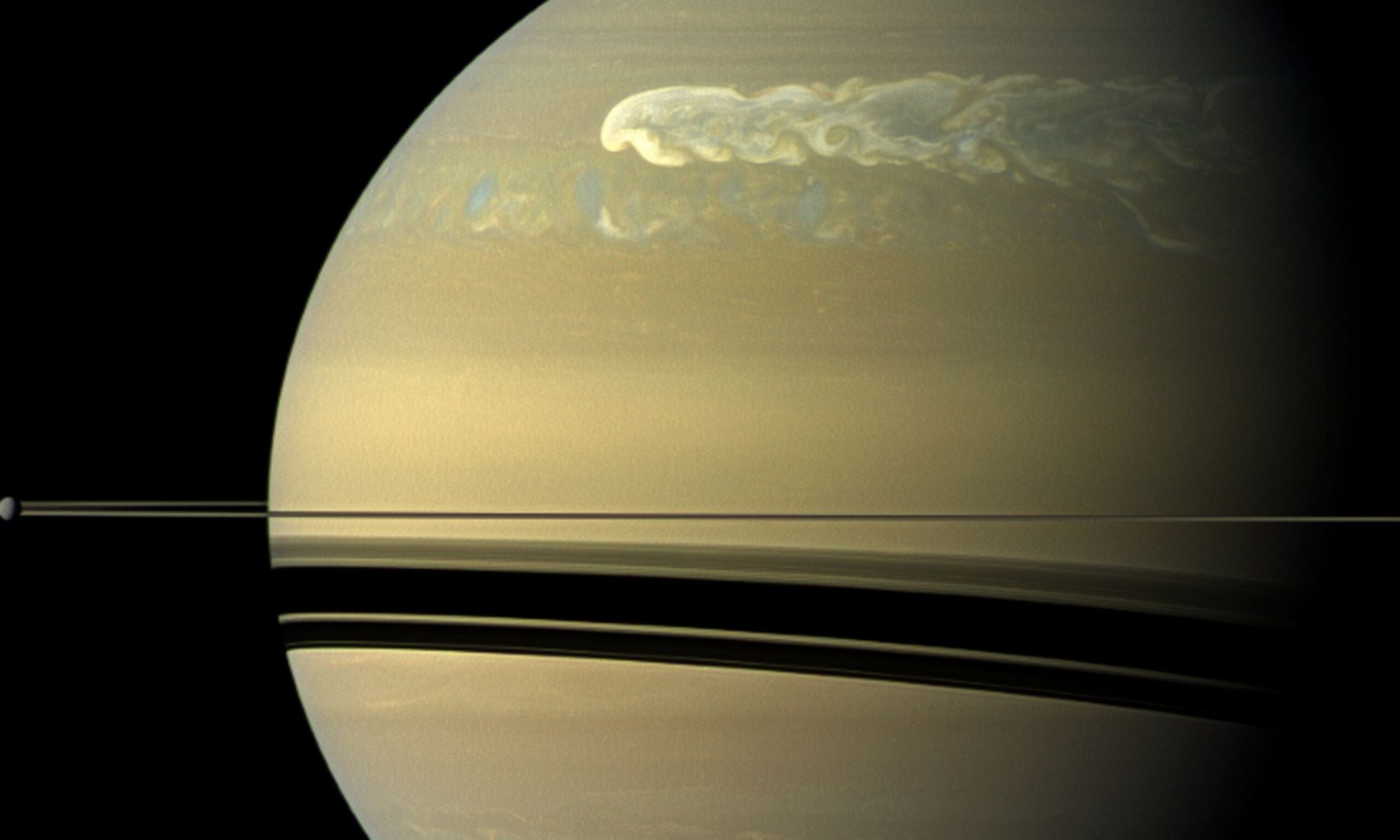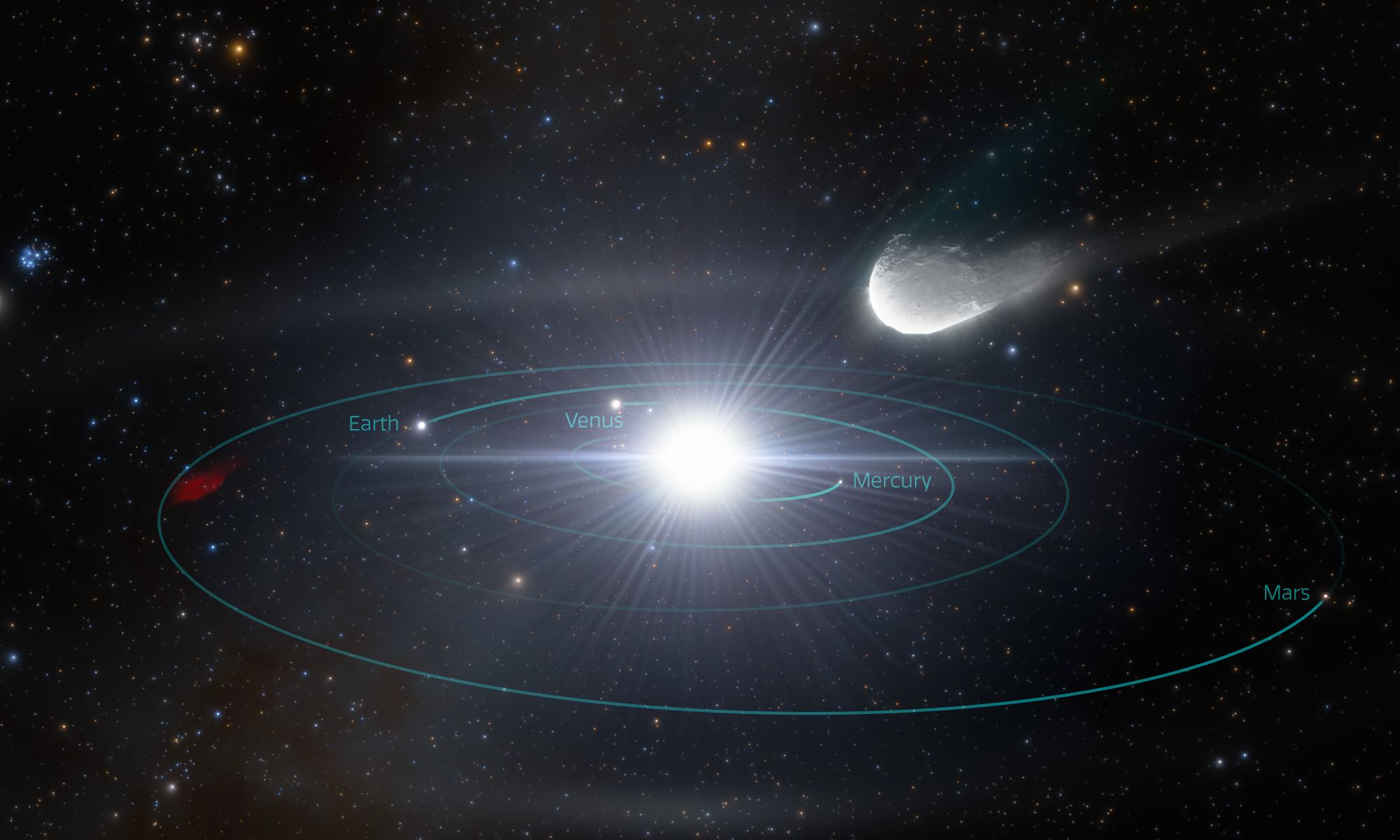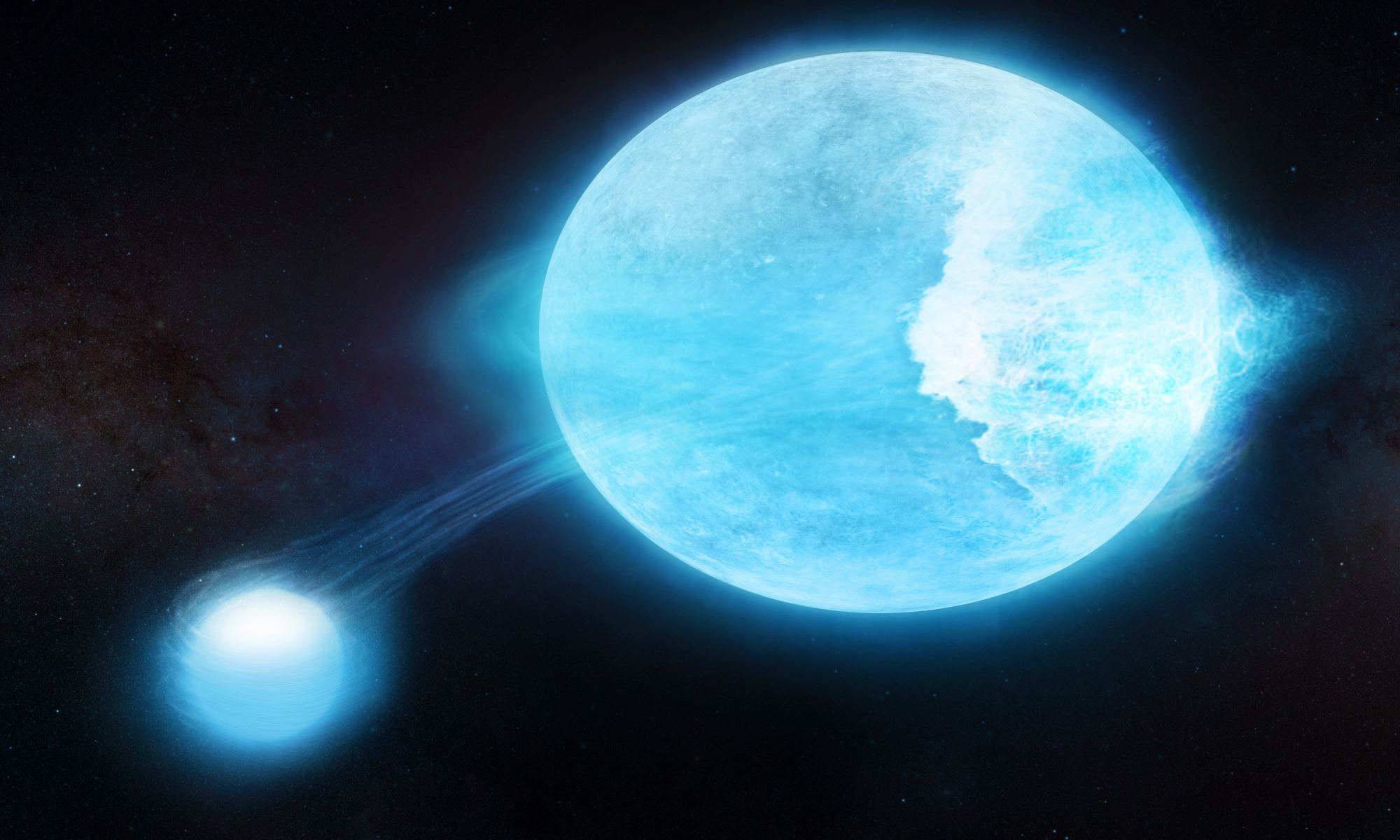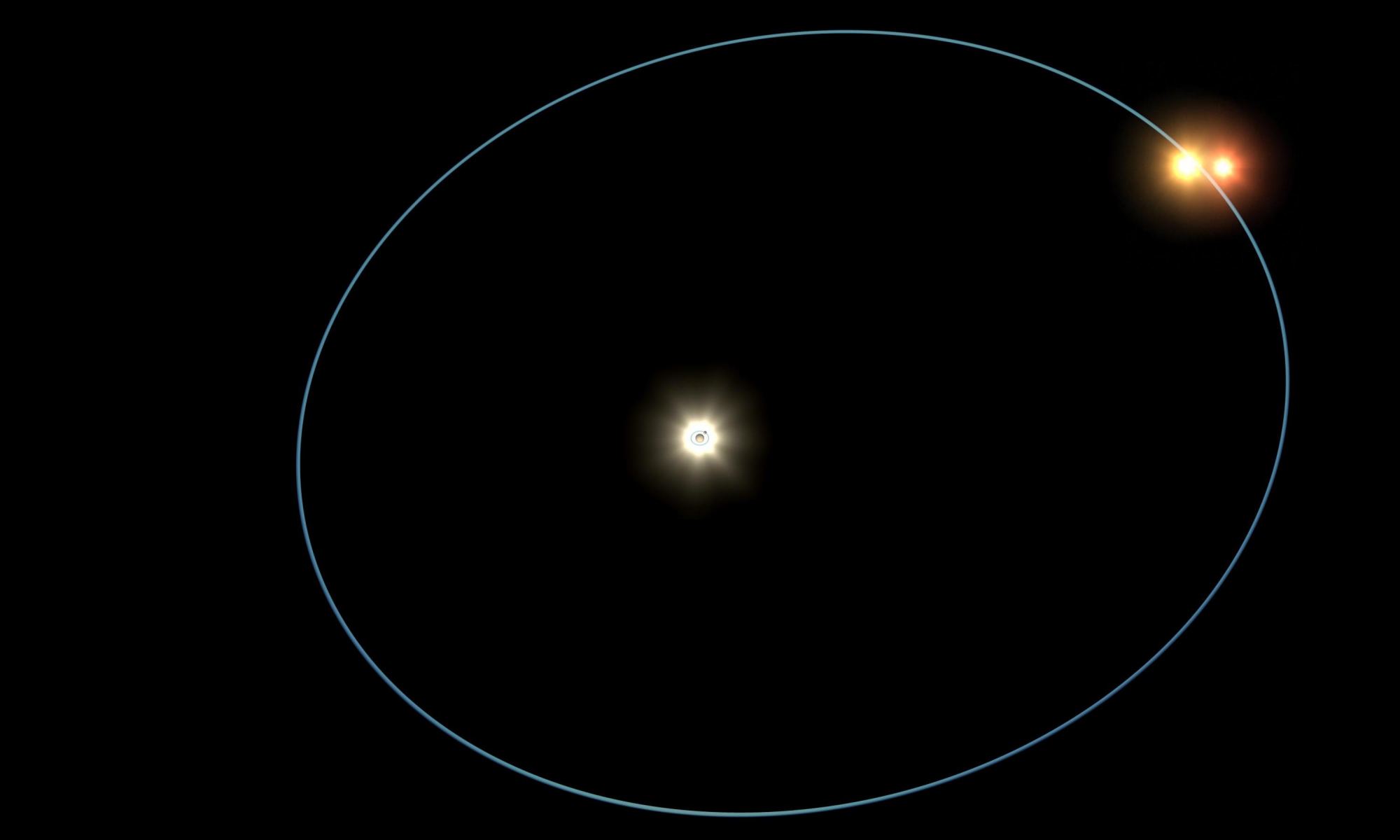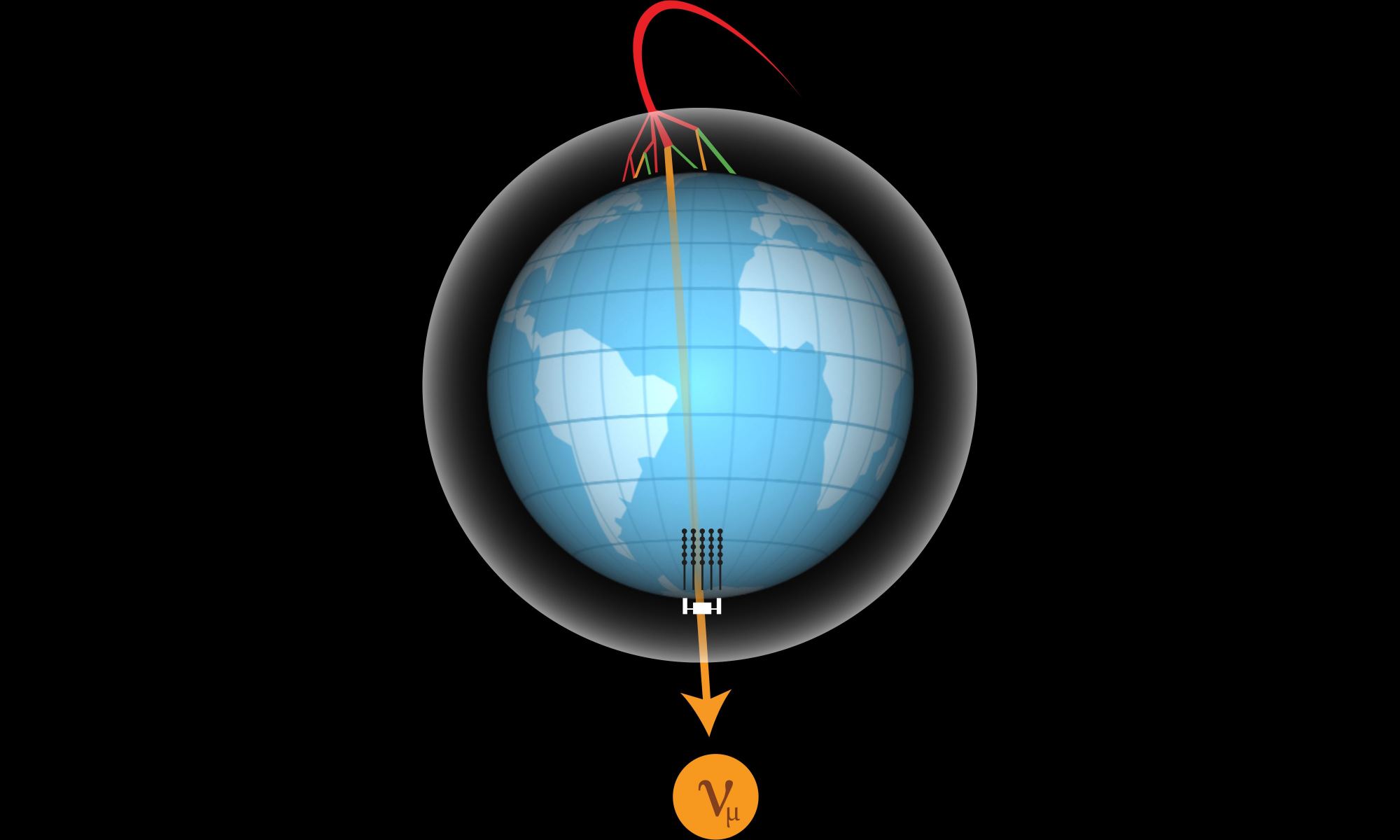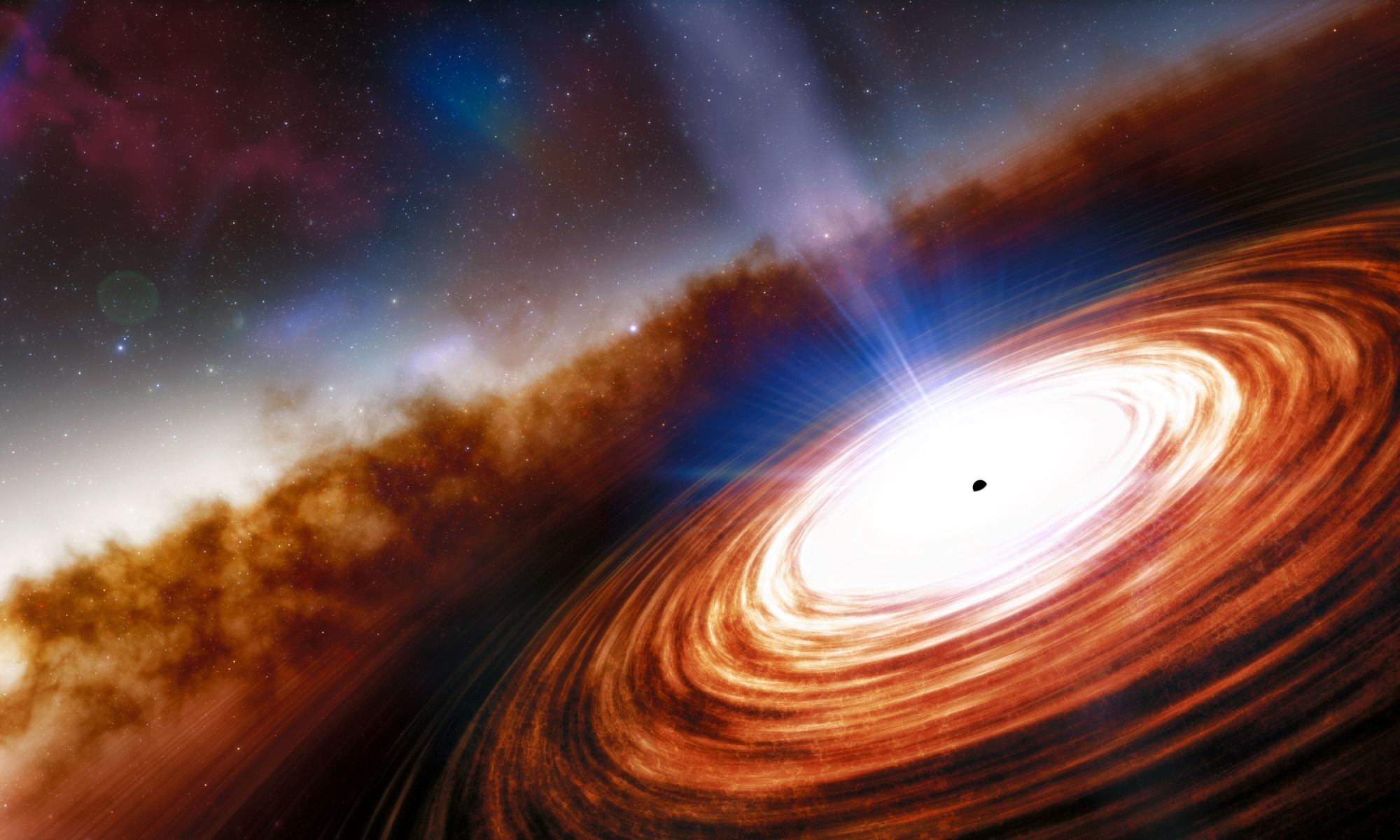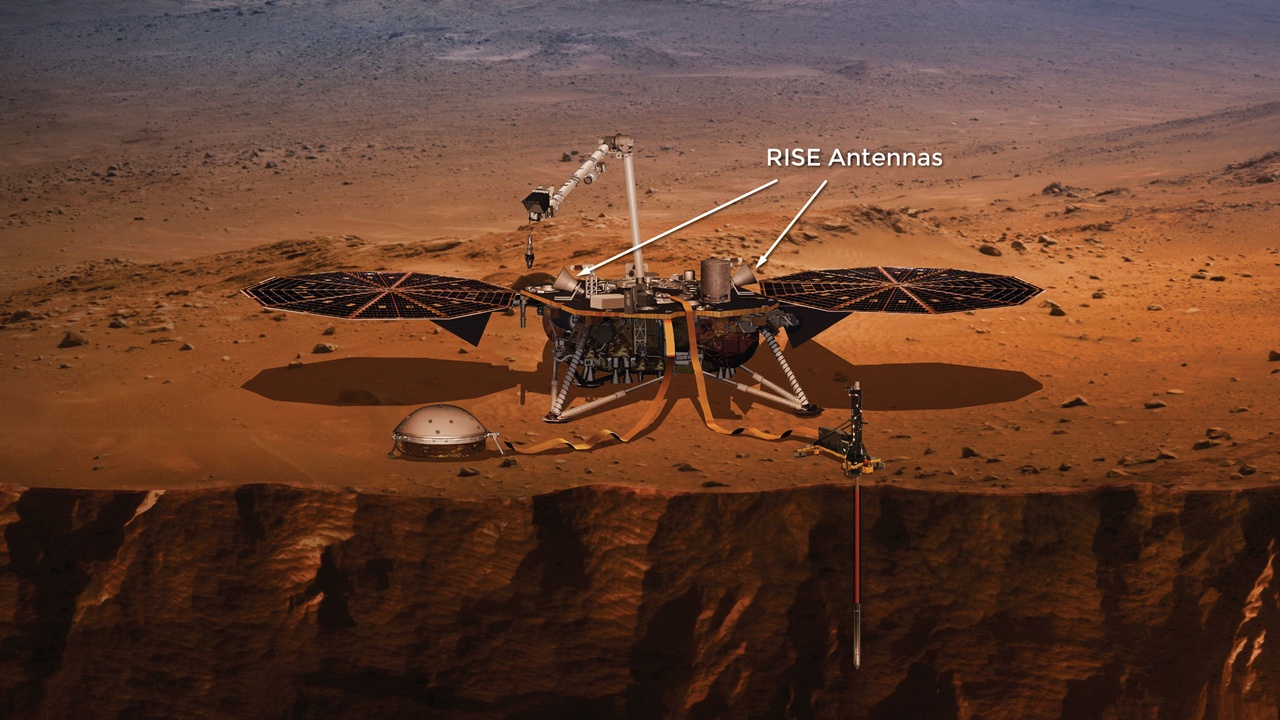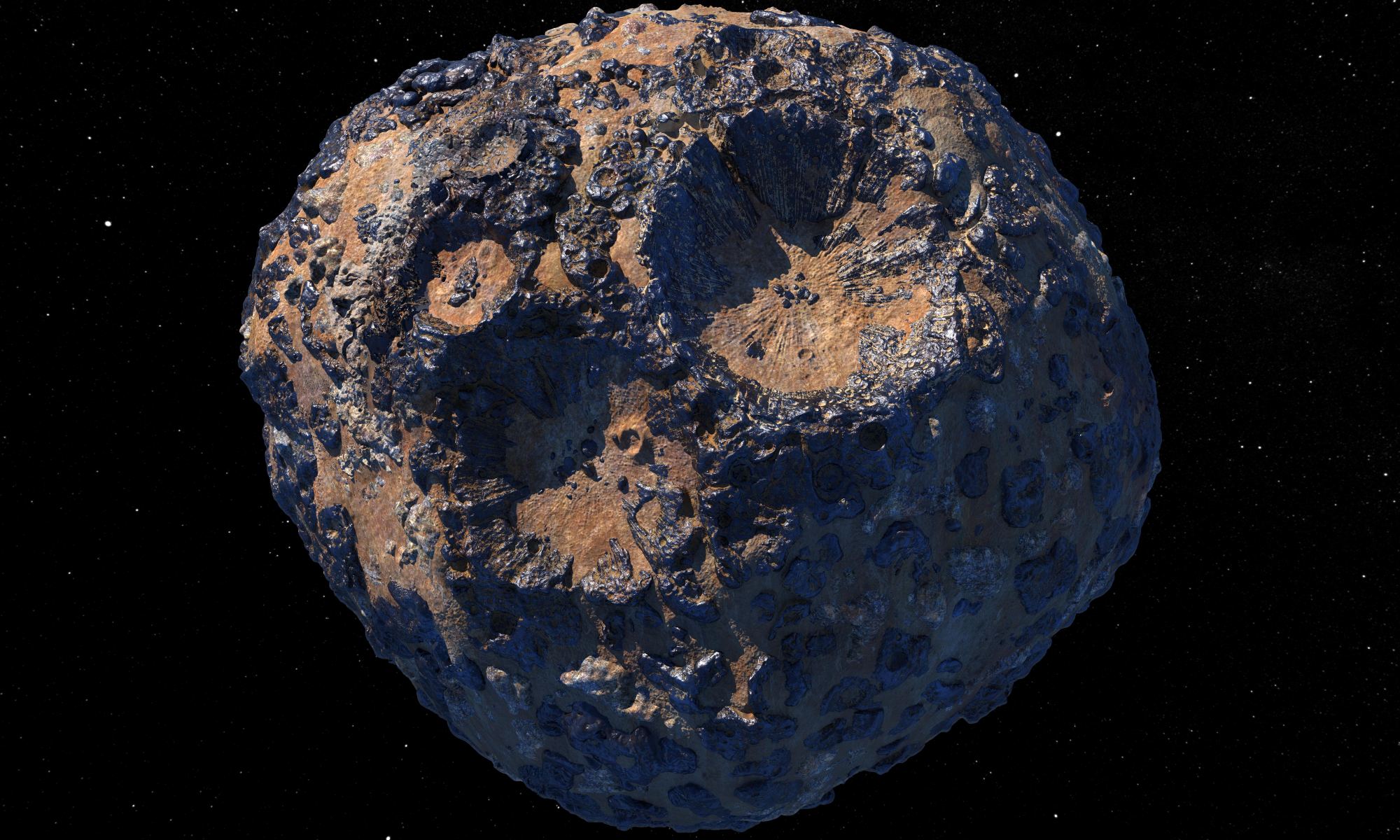Just how dark is the night sky?
If you step outside during a moonless night and look up, it probably doesn’t look that dark at all. Streetlights or nearby porch lights fill the air with a background glow, particularly if they happen to be bluish-white LEDs. Light pollution in your neighborhood is likely so bad that you can only see a few bright stars. Even in somewhat rural areas, our skies are so bright that the Milky Way isn’t really visible. In North America and Europe, only about a quarter of children have seen the Milky Way.
Continue reading “New Horizons is So Far Away, it Can Measure the True Darkness of the Universe”

